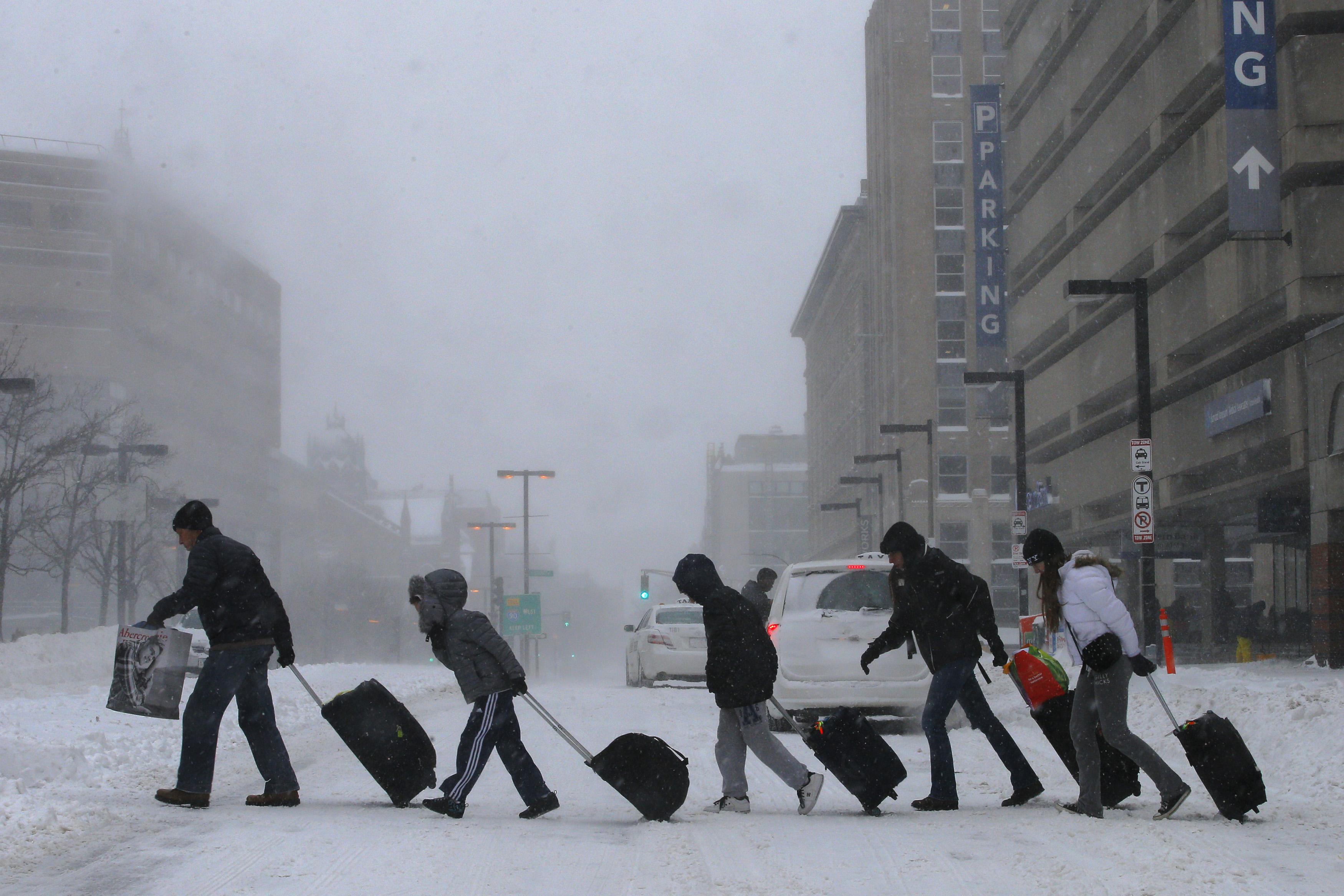
HENNAI, India (Reuters) – A cyclone barreled into the southeast coast of India on Monday, killing at least four people and bringing down trees and power lines as authorities moved tens of thousands of people from low-lying areas.
Cyclone Vardah moved west over the Bay of Bengal before hitting Chennai, capital of the southern state of Tamil Nadu, as well as neighboring Andhra Pradesh, the Indian Meteorological Department said, describing it as a “very severe storm”.
Strong wind of up to 140 kph (87 mph) battered the densely populated coast, uprooting trees and bringing down electricity pylons.
Flights at Chennai airport were canceled, railway services in the area suspended and schools and colleges were closed.
Chennai is home to Indian operations of major auto firms such as Ford Motor, Daimler, Hyundai and Nissan.
The National Disaster Management Authority (NDMA) said Vardah is passing over Chennai, drenching the city in heavy rain, but is expected to ease in intensity later.
“Winds and rains might still intensify. Do not venture out,” the NDMA said on Twitter, adding that four people had been killed.
More than 23,000 people in Tamil Nadu have been moved to relief centers, with plans for tens of thousands more to be evacuated if needed, a senior state official, K. Satyagopal, told Reuters.
More than 10,000 people from two districts in Andhra Pradesh state had also been moved, its disaster management commissioner, M.V. Seshagiri Babu, said.
The NDMA warned fishermen not to venture out to sea for the next 36 hours, and urged residents to stay in safe places.
Navy ships and aircraft, as well as 30 diving teams, were on standby to help move people and deliver aid if needed, a navy spokesman said.
India’s cyclone season usually runs from April to December, with storms often causing dozens of deaths, evacuations of tens of thousands of people and widespread damage to crops and property.
Wind speeds topped 300 km per hour (186 mph) in an Indian “super-cyclone” that killed 10,000 people in 1999, while a cyclone packing speeds of more than 200 kph (124 mph) lashed the east coast in 2013.
(Reporting by Jatindra Dash, Tommy Wilkes and Anuradha Nagaraj; Editing by Catherine Evans)








